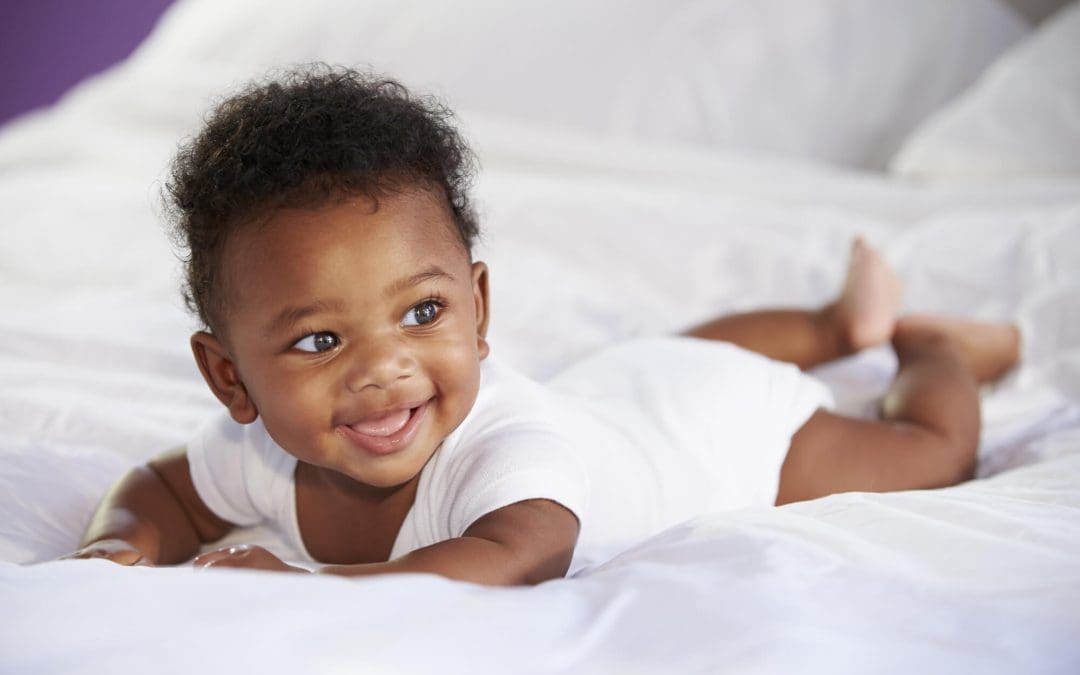Welcoming a baby into your home is one of life’s most joyous milestones, but it also comes with a steep learning curve. As your little one grows, their curiosity expands—and so does their ability to get into places and situations you might not have anticipated. Babyproofing your home is essential to creating a safe environment where your child can explore, learn, and thrive without unnecessary risks. Let’s walk through the key steps to babyproof your home, room by room, and help you feel confident that your baby is safe.
Living Room Safety
The living room is often the hub of family life, making it a key area to babyproof. Secure all heavy furniture, such as bookshelves, TVs, and entertainment units, to the wall using brackets or straps. This prevents tipping if your child tries to climb. Cover sharp corners on coffee tables or TV stands with soft guards to avoid bumps and bruises.
Electrical outlets are particularly tempting for little fingers. Install outlet covers or sliding outlet plates to prevent accidental shocks. Keep all cords, including those for blinds and electronics, out of reach to eliminate strangulation hazards.
Finally, be mindful of decorative items within reach. Fragile vases, picture frames, or small objects that could be choking hazards should be moved to higher shelves or temporarily stored away.
Kitchen Safety When You Babyproof Your Home
The kitchen can be a treasure trove of dangers for a curious baby. Use cabinet locks to secure cabinets or drawers containing cleaning supplies, knives, or other hazardous items. It’s also a good idea to designate one lower cabinet as a “safe” space filled with baby-friendly items like plastic containers and wooden spoons. This can keep your little one entertained while you’re busy cooking.
Install stove knob covers to prevent accidental burns or gas leaks, and use a stove guard to block access to burners. Keep small appliances like blenders, toasters, and coffee makers unplugged and out of reach when not in use. If you have a tablecloth or runner, remove it to avoid the risk of your baby pulling it down along with whatever’s on top.
Bathroom Safety
Bathrooms are another area filled with potential hazards. Always keep the toilet lid closed and install a toilet lock to prevent accidental drowning. Secure all medications, razors, and cleaning products in cabinets with childproof locks. Never leave water in the bathtub when it’s not in use, and always supervise your baby during bath time.
If you use electrical items like hair dryers or razors, store them well out of reach and away from water. Install non-slip mats in the tub to prevent falls, and use a soft spout cover to cushion any bumps against the faucet.
General Tips to Babyproof Your Home
Install safety gates at the top and bottom of staircases to prevent falls. Make sure they are securely mounted and meet safety standards. Use door knob covers or latches to keep your baby from wandering into rooms that aren’t babyproofed, such as a home office or laundry room.
Smoke and carbon monoxide detectors should be installed on every level of your home and tested regularly. Keep a fire extinguisher handy and learn how to use it. Lastly, make sure your home’s water heater is set to a safe temperature, typically no higher than 120°F, to prevent accidental scalding.
By taking these steps, you’ll babyproof your home and gain peace of mind as your baby explores their world. Babyproofing may require some effort, but the reward of knowing your little one is protected is well worth it.
FAQs
When should I start babyproofing my home?
It’s a good idea to begin babyproofing before your baby starts crawling, typically around 6 months old. This gives you plenty of time to make necessary adjustments.
Do I need to babyproof every room?
Focus on the areas your baby will spend the most time, such as the living room, kitchen, and their bedroom. If other rooms are not babyproofed, they can be blocked off with gates or closed doors.
What are some affordable babyproofing solutions?
Many safety items, like outlet covers and cabinet locks, are inexpensive. You can also repurpose household items—for example, using a pool noodle to cover sharp table edges.
How often should I review my babyproofing efforts?
Reassess your home’s safety every few months, especially as your baby reaches new developmental milestones. What works for a crawler may not be sufficient for a toddler who’s learning to climb.
Imperial Inspection Services offers inspections to home buyers and sellers in Central Iowa. Contact us to schedule an appointment.

